Lifestyle Tips to Maintain a Healthy Spine and Prevent Back Issues
November 17, 2025
9 min
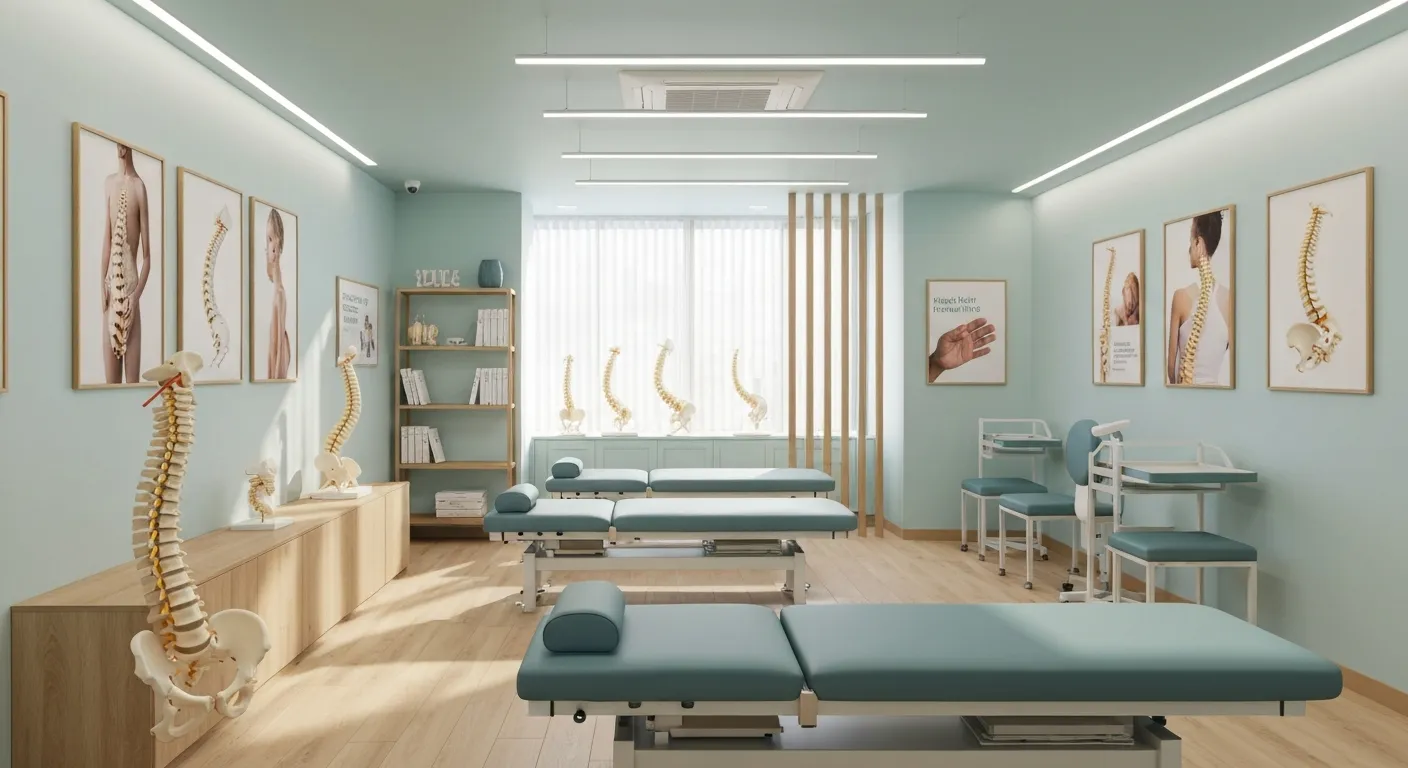
Introduction to Spine Health and Prevention
The Importance of Spinal Health
The spine is central to our body's structure and movement, supporting posture and protecting the nervous system. Maintaining a healthy spine is essential for overall well-being and an active lifestyle. Poor spine health can lead to discomfort and conditions like osteoporosis, degenerative disc disease, and chronic back pain.
Prevalence of Back Pain
Back pain is a common challenge, affecting around 80% of adults at some point in their lives. While most people recover within weeks, persistent or severe pain can impact quality of life and daily activity. Understanding the causes and preventive strategies is vital to reduce the risk and severity of back problems.
Lifestyle Strategies to Prevent Back Issues
Adopting a holistic, patient-centered approach to spine care involves several lifestyle factors. Regular low-impact exercise such as walking, swimming, or yoga strengthens core muscles that support the spine. Maintaining good posture during sitting, standing, and lifting helps prevent strain. Ergonomic workstations and supportive sleep positions further reduce spinal stress. A diet rich in calcium and vitamin D supports bone strength, while avoiding smoking improves healing and disc health. Lastly, regular health check-ups help identify and address spine issues early, ensuring long-term spine wellness.
Building Core Strength and Proper Exercise Habits

Why are core-strengthening exercises important for spine health?
Strong core muscles stabilize the spine and support the natural alignment of the back, reducing strain and the risk of injury. Weak muscles and ligaments surrounding the spine can increase susceptibility to pain and stiffness, especially with age or after an injury. Learn more about core-strengthening exercises.
What types of activities are recommended to strengthen the core and support spinal health?
Engaging in low-impact activities such as walking, swimming, and yoga enhances spinal stability by building muscle strength and improving flexibility. These exercises help maintain a balanced and healthy musculoskeletal system while minimizing excessive spinal loading.
What are Dr. Stuart McGill's 'big three' exercises and how do they help?
Dr. McGill's 'big three' exercises include the curl-up, side plank, and bird-dog. These moves target crucial core muscles, including abdominals and back muscles, which work together to protect the spine. Regular practice enhances trunk stability, allowing safe lifting, bending, and twisting in daily life. For details, see three moves for better spine health.
How does maintaining spinal flexibility and stability contribute to back health?
A flexible and stable spine facilitates natural movement, decreasing the risk of stiffness and pain. Consistent exercise prevents muscle weakness and supports the spine’s natural curves, which is essential for long-term comfort and injury prevention. Visit maintaining natural spine curve and low back pain coping for more information.
Why is regular exercise vital for musculoskeletal health?
Exercise improves muscle strength, bone density, and joint function. It reduces the likelihood of arthritis, osteoporosis, and back pain by enhancing overall mobility and reducing inflammation. Incorporating core-focused workouts 2-3 times weekly helps maintain spinal integrity and improves quality of life. For a comprehensive overview, refer to proactive tips for musculoskeletal health.
Posture, Ergonomics, and Daily Habits for Spine Support

What Are Good Posture Guidelines for Sitting and Standing?
Maintaining proper posture is vital to minimize strain on your spine. While sitting, keep your head aligned over your pelvis, shoulders back, hips and knees at right angles, and avoid crossing your legs. Support the natural curve of your lower back using lumbar support. When standing, keep your head up, shoulders straight, chest forward, and hips tucked in. Shifting weight evenly and elevating one foot periodically can help reduce strain. For more tips, see Good posture tips.
How Should You Set Up an Ergonomic Workstation?
Proper workstation setup is essential to prevent back and neck strain, especially for prolonged desk work. Ensure your computer monitor is at proper monitor height to avoid neck bending. Your chair should support your lower back's natural curve and allow your elbows to rest comfortably at about a 90-degree angle. Position your keyboard and mouse so your wrists remain straight. Taking frequent breaks to stretch and stand also protects your spine. For additional ergonomic tips, visit Ergonomic Workstation Setup.
What Are Proper Techniques for Lifting Objects?
Lifting safely can prevent back injuries. Start by standing close to the object with feet shoulder-width apart. Bend your knees, not your waist, and tighten your abdominal muscles. Lift using your leg muscles, keeping your back straight and the object close to your body. Avoid twisting your torso while lifting. When reaching overhead, use a sturdy footstool or chair to prevent overextending your back. See Proper lifting techniques and Avoiding twisting when lifting for further guidance.
Which Sleeping Positions and Mattress Support Best Promote Spine Health?
Sleeping positions that support your spine’s natural curves help reduce back pain. Sleeping on your side with knees slightly bent or on your back with pillows placed under your knees and lower back maintains spinal alignment. Use a firm mattress that adequately supports your body while allowing slight cushioning to reduce pressure points. For a detailed overview, see Proper Sleeping Positions and Choosing a mattress for back support.
What Daily Habits Help Reduce Spinal Strain?
Incorporate regular low-impact exercises like walking, swimming, or yoga to strengthen core muscles supporting your spine. Maintain a healthy weight to reduce pressure on your back. Avoid prolonged sitting by taking breaks to stand and stretch. Use supportive footwear to maintain proper alignment during daily activities. Also, avoid smoking, as it impairs blood flow to spinal tissues. For more habits, see 7 Habits for Optimal Spine Health.
These posture, ergonomic, and daily habit strategies work together to maintain a healthy spine, prevent injury, and support overall well-being. For a comprehensive guide, consult Tips for Maintaining Spine Health.
Nutrition and Preventive Health Measures for Bone Strength
How does a diet rich in calcium and vitamin D contribute to bone strength?
A diet abundant in calcium and vitamin D is essential for building and maintaining strong bones. Calcium strengthens the bone matrix, while vitamin D enhances calcium absorption in the body. Sources such as dairy products, leafy greens, and fatty fish provide these nutrients naturally. Ensuring adequate intake supports spinal health and reduces the risk of conditions like osteoporosis.
When should supplements be considered?
If dietary intake is insufficient or if a deficiency is identified, supplements of calcium and vitamin D become important. Healthcare providers typically recommend supplements after testing levels, particularly for those at risk due to age, limited sun exposure, or dietary restrictions. Refer to Calcium and vitamin D supplements for more information.
Why are regular health check-ups and DEXA scans important?
Routine medical check-ups allow early detection of spine and bone issues. DEXA scans specifically measure bone density and can identify osteoporosis early on. These preventive measures enable timely intervention to prevent fractures and significant bone loss.
How does family history impact bone health management?
Knowing if osteoporosis, scoliosis, or related bone conditions exist in the family helps healthcare providers tailor personalized prevention strategies. This proactive approach can mitigate risks and promote long-term spinal health.
What role do weight management and quitting smoking play?
Maintaining a healthy weight reduces excessive stress on the spine, while quitting smoking improves blood flow and bone healing. Both contribute significantly to preventing spinal degeneration and promoting overall musculoskeletal health.
The Role of Chiropractic and Holistic Care at Back in Action Bodyworks
What holistic musculoskeletal health services does Back in Action Bodyworks offer?
Back in Action Bodyworks in Torrance, California, provides a comprehensive range of holistic musculoskeletal services aimed at enhancing overall wellness and spinal health. This includes chiropractic adjustments that carefully restore spinal alignment to reduce pain and improve mobility. They also offer soft tissue therapies such as massage and myofascial release to relieve muscle tension and promote tissue healing. Corrective exercises are customized to strengthen core muscles and improve posture, while wellness coaching supports lifestyle changes that prevent injuries and foster long-term health (Musculoskeletal health overview).
How does Back in Action Bodyworks approach wellness and prevention?
The clinic prioritizes a patient-centered, integrated approach combining manual adjustments with spinal correction techniques and individualized corrective exercises. They emphasize practical strategies including at-home exercises, ergonomic adjustments, and activity modifications to sustain spinal health (Ergonomic Workstation Setup). Treatments also incorporate nutritional counseling, physiotherapy, and spinal decompression therapy when appropriate. Clear communication ensures patients understand their care plans and empowers them to maintain healthy habits beyond clinical visits, helping to reduce future musculoskeletal issues (Tips for Maintaining Spine Health.
Who leads the practice at Back in Action Bodyworks?
Back in Action Bodyworks is led by a seasoned chiropractic practitioner with over 25 years of experience serving the Torrance community since 1998. The leader’s approach blends advanced spinal manipulation benefits techniques with personalized exercise regimens and lifestyle advice, ensuring patient-specific and sustainable results. Their focus on holistic care integrates manual therapies with education on nutrition and ergonomics, reflecting a deep commitment to long-lasting spinal wellness and individualized treatment (Posture and ergonomics tips.
This holistic and preventive model makes Back in Action Bodyworks a trusted provider of integrated spine and musculoskeletal care for patients seeking natural and effective pain relief solutions in Torrance, California (Spinal health in Torrance, California).
Managing Back Pain and When to Seek Professional Help
What Are Common Causes of Back Pain?
Back pain frequently arises from conditions like osteoarthritis, which causes wear-and-tear on joints, and issues related to spinal discs such as bulging or ruptured discs. Muscle or ligament strains, often from improper lifting or sudden twisting motions, also contribute significantly to discomfort. For more information, see Back pain basics.
Why Is Staying Active Important?
Engaging in light activities such as walking, swimming, or gentle stretching can promote healing and reduce stiffness. Avoiding prolonged bed rest helps maintain flexibility and supports a quicker recovery, reducing the risk of chronic pain. Learn about the Benefits of walking for spine and Swimming for spine health.
When Should You Consult a Professional?
Seek medical or chiropractic consultation if back pain persists beyond two weeks, especially if accompanied by symptoms like numbness, tingling, weakness, or unexplained weight loss. Early assessment helps diagnose potentially serious conditions and prevents complications. Refer to When to See a Doctor for Back Pain and Chiropractic care for acute low-back pain.
What Are Effective Self-Care Practices?
Maintaining proper posture while sitting and standing minimizes strain on the spine. Ergonomic workstation adjustments, consistent use of lumbar support, and avoiding prolonged inactivity are essential. Proper lifting techniques—bending knees and using leg muscles—also protect the back. See Proper Sitting Posture and Ergonomic Workstation Setup for detailed tips.
How Does Early Intervention Help?
Prompt treatment through chiropractic adjustments or medical care can improve spinal mobility, relieve nerve irritation, and prevent progression to complications such as compression fractures or osteoporosis. Early management enhances long-term spinal health and overall well-being. For more on Back Pain Relief Tips and Preventing Bone Weakening and Fractures, see the linked resources.
Maintaining Long-Term Spine Health Through Lifestyle and Professional Care
Lifestyle Tips for a Healthy Spine
Maintaining spine health relies on strengthening core muscles through activities like walking, swimming, and yoga. Good posture, both while sitting and standing, protects spinal alignment by minimizing strain. Ergonomic workstations with proper seating and monitor placement reduce pressure on the back. Additionally, a balanced diet rich in calcium and vitamin D supports bone strength. Avoiding smoking and maintaining a healthy weight further protect spinal health.
The Role of Professional Support
Combining home care with regular check-ups from healthcare providers, including chiropractors and physical therapists, ensures early detection and personalized treatment plans. Chiropractic care, with spinal manipulation and tailored exercises, helps improve mobility and address pain effectively. Routine assessments such as bone density scans can prevent serious conditions like osteoporosis.
Building Preventive Habits
Adopting preventive habits such as correct lifting techniques, avoiding prolonged sitting, and ensuring supportive sleep postures contributes to long-term spinal wellness. Encouraging movement even during back pain episodes promotes recovery and reduces stiffness.
By integrating these strategies, individuals achieve lasting spine health, enhancing their overall quality of life and daily function.
Recent articles
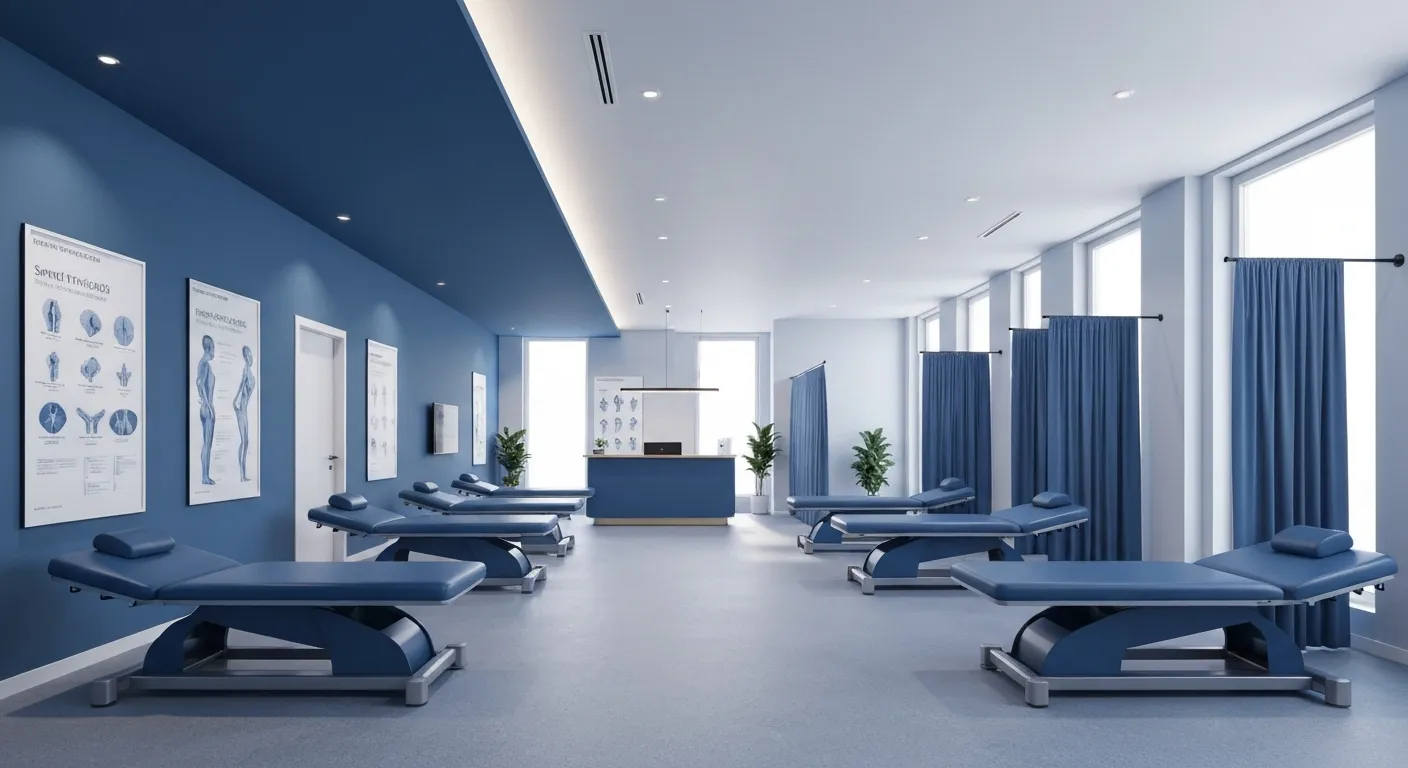
Simple Lifestyle Adjustments to Maintain a Healthy Spine

Personalized Nutritional Counseling for Improved Health Outcomes

Exploring Non-Surgical Treatments for Spine-Related Conditions
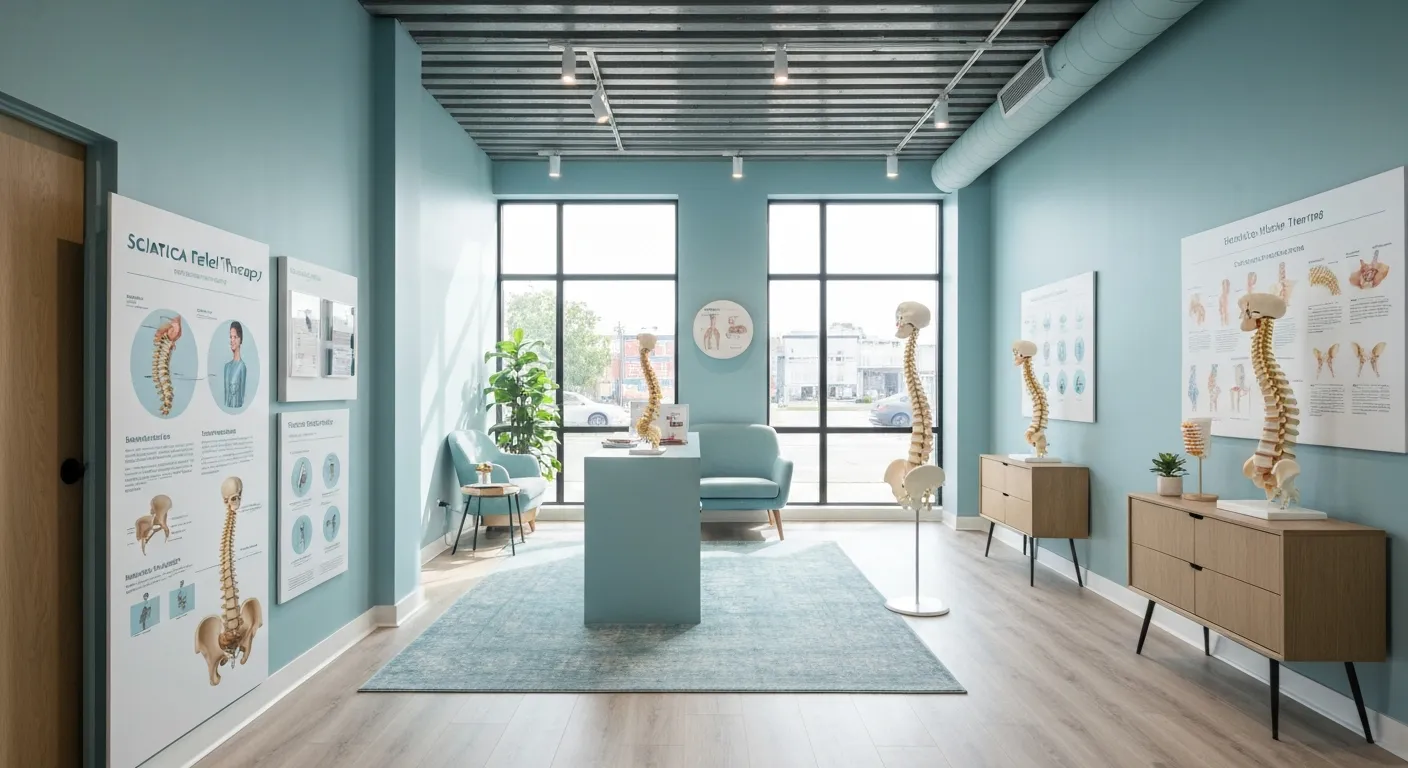
An Introduction to Spinal Decompression for Sciatica Patients

Transformative Success Stories: Patient Experiences with Chiropractic Treatments
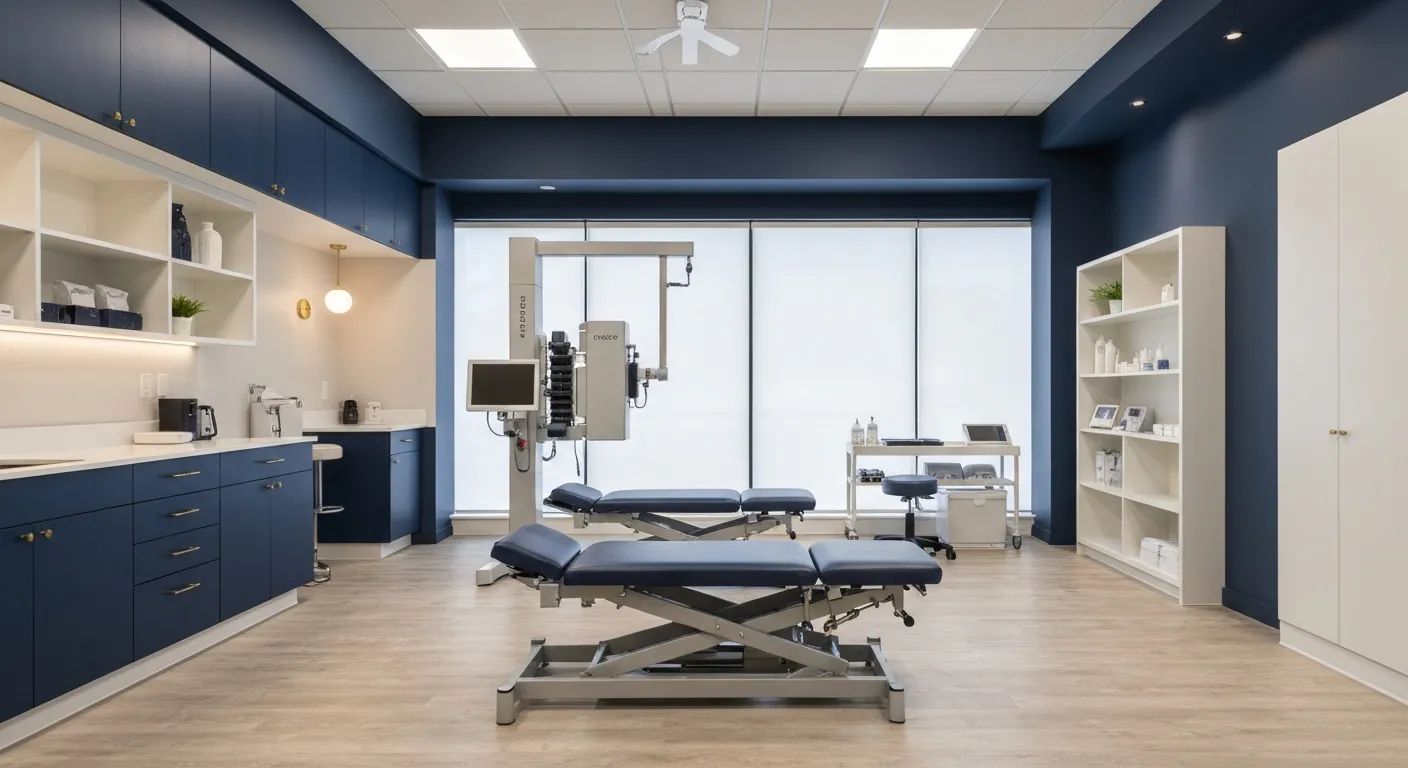
Why Chiropractic Care Is Essential for Back Pain Relief

Addressing Underlying Causes Versus Symptom Management in Pain Care

The Role of Nutrition in Enhancing Chiropractic Treatment Effectiveness
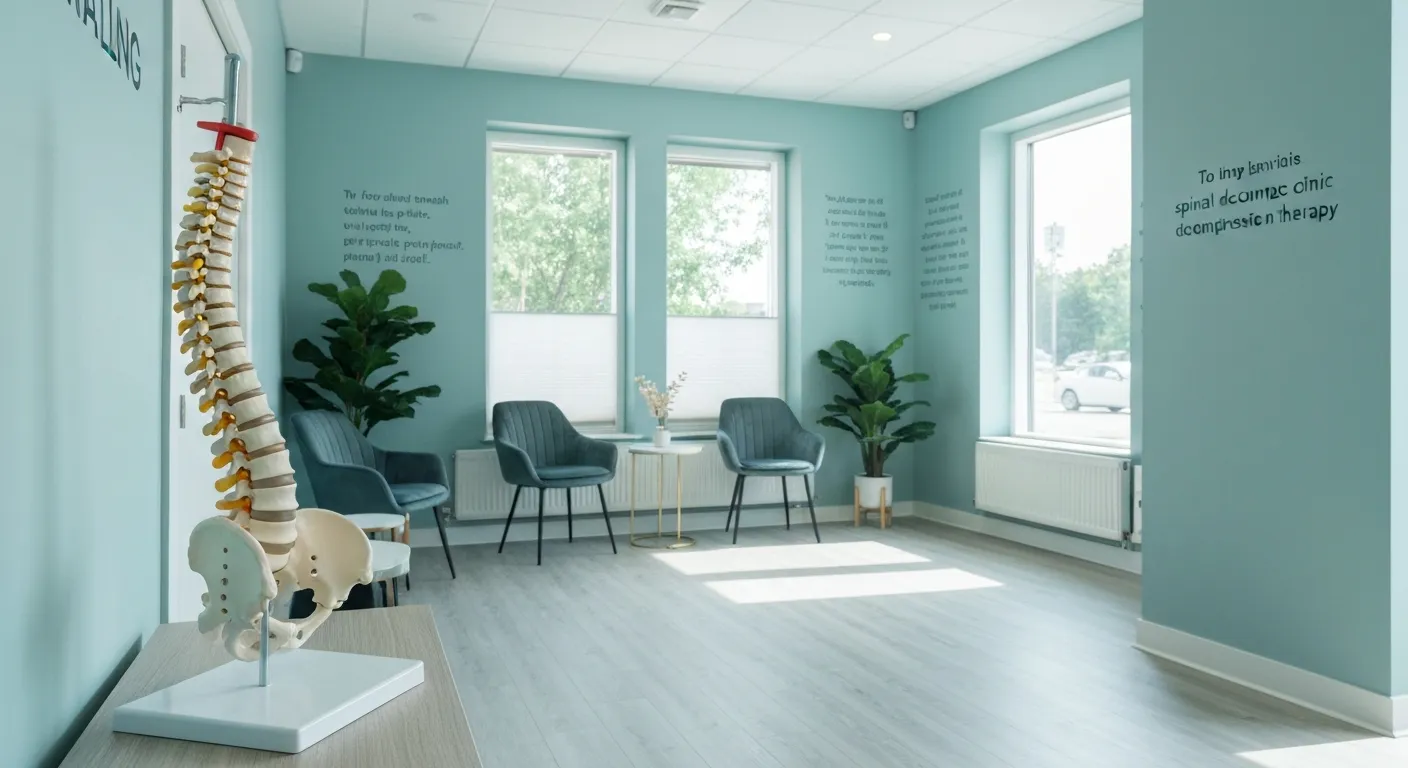
Sciatica Treatment Options: Is Spinal Decompression Right for You?

Lifestyle Tips to Maintain a Healthy Spine and Prevent Back Issues
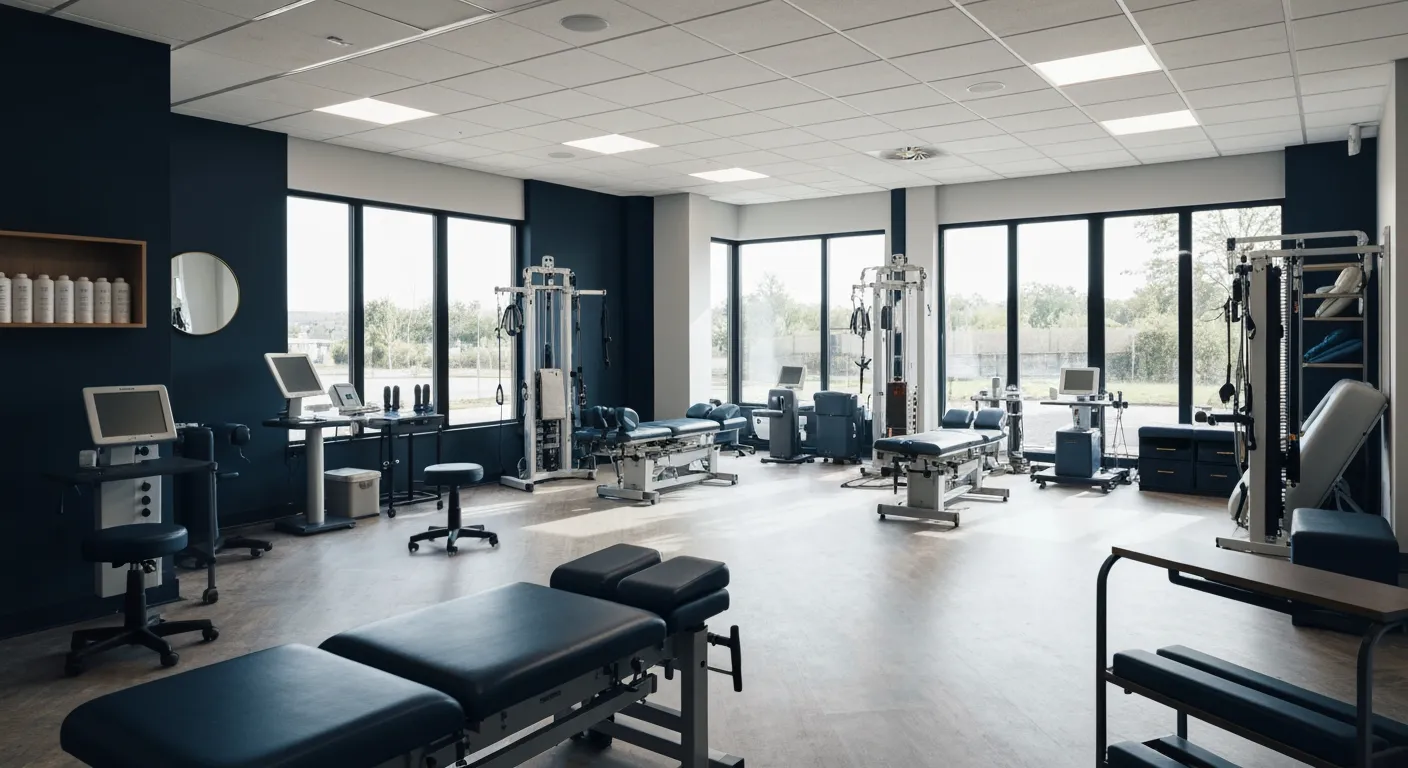
The Synergy Between Physiotherapy and Chiropractic Treatments

What Happens During Your Initial Chiropractic Consultation

Effective Corrective Exercises for Sustainable Pain Management

Taking a Root Cause Approach to Chronic Pain Management

Holistic Pain Management Techniques Without Surgery

How Patient Success Stories Validate Chiropractic Care Benefits

Spinal Decompression: Innovative Treatment for Sciatic Nerve Pain

Spinal Decompression Therapy: A Non-Invasive Approach to Sciatica Relief

Exploring Holistic Approaches Beyond Surgery for Pain Relief

Practical Lifestyle Advice to Support a Healthy Spine Every Day

Corrective Exercise Routines Designed for Long-Term Pain Prevention

Real Patient Stories: Overcoming Chronic Pain with Chiropractic Care

Lifestyle Changes That Promote a Healthy Spine and Prevent Injury

How Addressing the Root Cause of Pain Leads to Lasting Relief

Non-Surgical Holistic Therapies to Manage Chronic Pain Effectively

Nutritional Counseling's Impact on Physical Health and Healing

Benefits of Regular Chiropractic Care for a Stronger Back

Your First Chiropractic Visit: What to Expect and How to Prepare

Patient Experiences: How Chiropractic Care Transformed Their Lives

Exploring Holistic, Non-Surgical Options for Pain Management

Combining Physiotherapy with Chiropractic Treatments for Enhanced Recovery

Holistic Treatments That Offer Alternatives to Surgery for Pain Relief

Corrective Exercise Strategies for Long-Term Spine Health

How Physiotherapy Complements Chiropractic Adjustments for Better Outcomes

First-Time Chiropractic Visitors: What You Should Know

Understanding the Importance of Treating Pain at Its Source

Adopting Lifestyle Changes to Support Your Spine's Wellness

Utilizing Physiotherapy to Enhance Chiropractic Treatment Outcomes

The Key Advantages of Chiropractic Care for Back Pain Sufferers

Why Focusing on Root Causes Improves Pain Treatment Success

Corrective Exercises That Promote Lasting Pain Relief and Mobility

Sciatica Relief Through Targeted Spinal Decompression Techniques

Preparing for Your First Chiropractic Appointment with Confidence

Healthy Lifestyle Habits for Maintaining Spinal Alignment

Success Stories Highlighting Chiropractic's Role in Pain Recovery

Top Benefits of Chiropractic Care for Chronic Back Pain

Nutrition Tips to Boost Your Overall Wellness and Recovery

How Chiropractic Care Alleviates Back Pain Naturally

How Nutritional Counseling Supports Overall Wellness and Spine Health

Step-by-Step Guide to Your First Visit with a Chiropractor

Using Nutrition to Support Chiropractic and Overall Wellness

Integrating Physiotherapy in Your Chiropractic Healing Journey

How Physiotherapy Complements Chiropractic Adjustments for Faster Healing

Lifestyle Tips for Maintaining a Healthy Spine and Preventing Back Pain

Heartwarming Patient Testimonials Highlighting Chiropractic Success

How Proper Nutrition Supports Chiropractic and Physiotherapy Treatments

Combining Physiotherapy and Chiropractic Treatments for Optimal Recovery

Why Chiropractic Treatments Are Effective for Managing Back Pain

Choosing a Chiropractor: Tips for Finding a Trusted Provider

Integrating Physiotherapy and Chiropractic: Benefits and What to Expect

How Tailored Corrective Exercises Can Aid in Pain Management

Chiropractic Care: A Proven Solution for Alleviating Back Pain

What to Expect at Your First Chiropractic Visit: A Comprehensive Guide

The Importance of Root Cause Analysis in Effective Pain Management
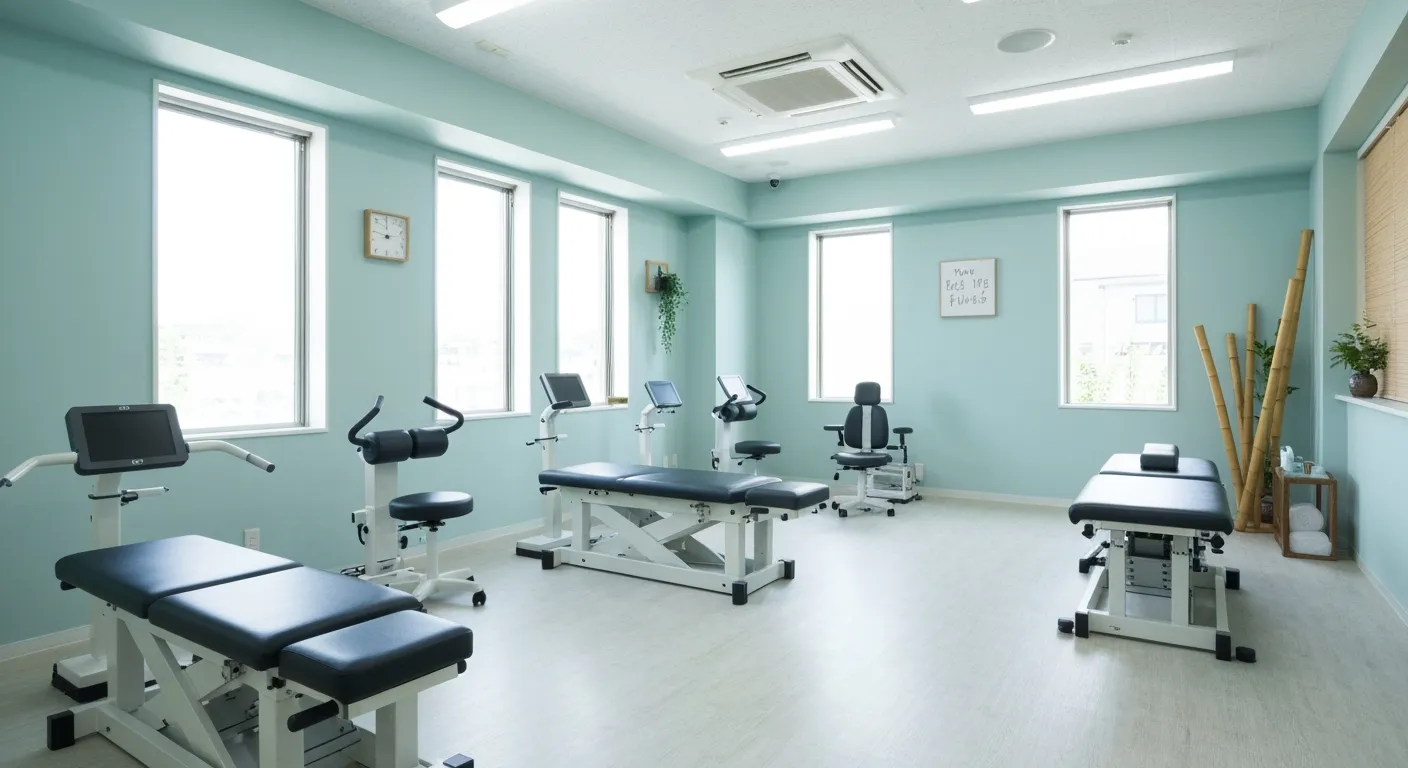
The Role of Corrective Exercises in Sustaining Pain-Free Living

Combining Chiropractic and Physiotherapy for Comprehensive Pain Relief

How Addressing Underlying Causes Improves Pain Treatment Effectiveness

Maintaining Spinal Health Through Lifestyle Changes and Preventive Care

Understanding the Benefits of Chiropractic Adjustments for Back Pain Sufferers

Spinal Decompression Therapy: A New Hope for Sciatica Relief

Lifestyle Recommendations to Support a Healthy Spine and Reduce Pain
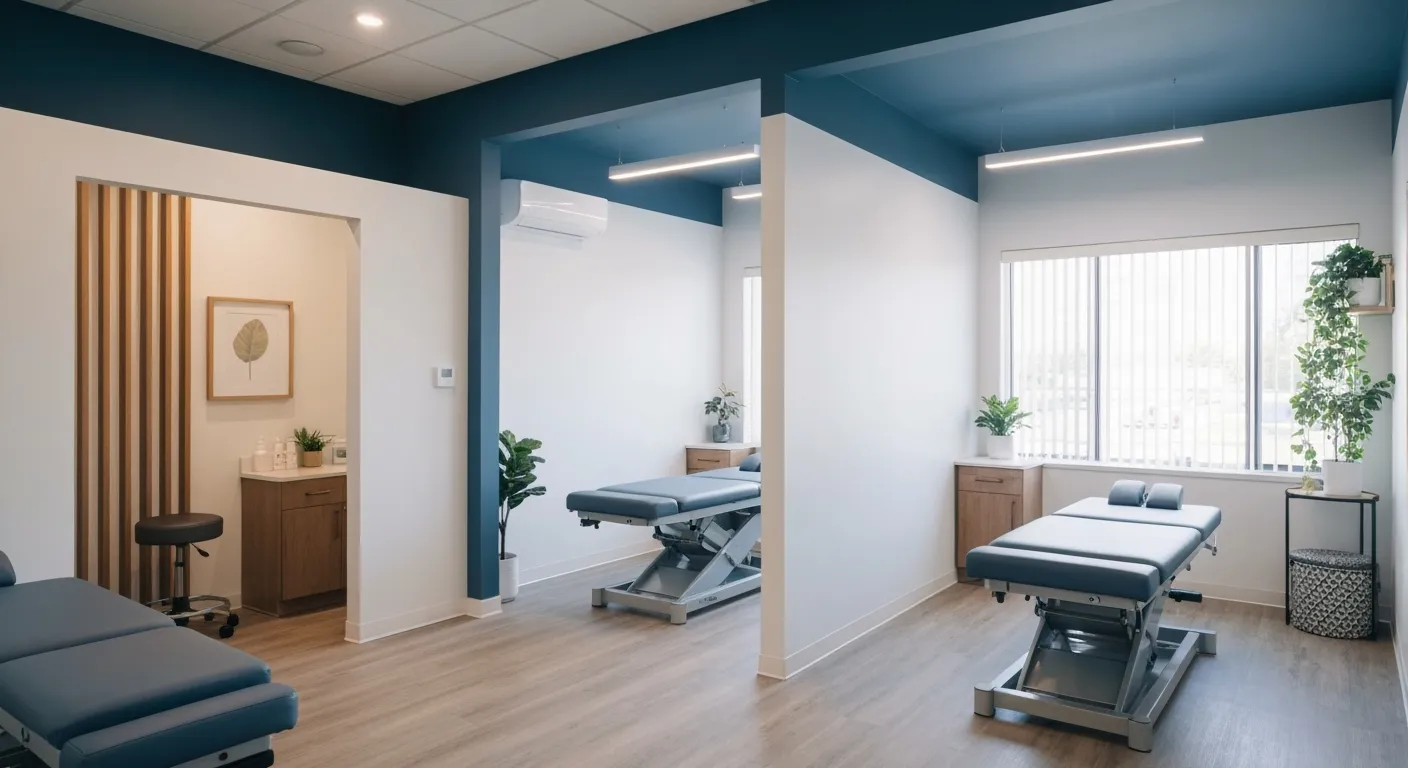
Choosing the Right Chiropractor: Key Factors to Consider Before Your First Appointment

Non-Invasive Treatment Alternatives: A Holistic Approach to Pain Relief

Corrective Exercises to Support Long-Term Relief from Chronic Pain

Exploring Non-Surgical Approaches to Spine Health and Wellness

Tips for Daily Habits That Keep Your Spine Strong

Success Stories: How Chiropractic Treatments Changed Lives

Why Focusing on the Root Cause of Pain Leads to Better Outcomes
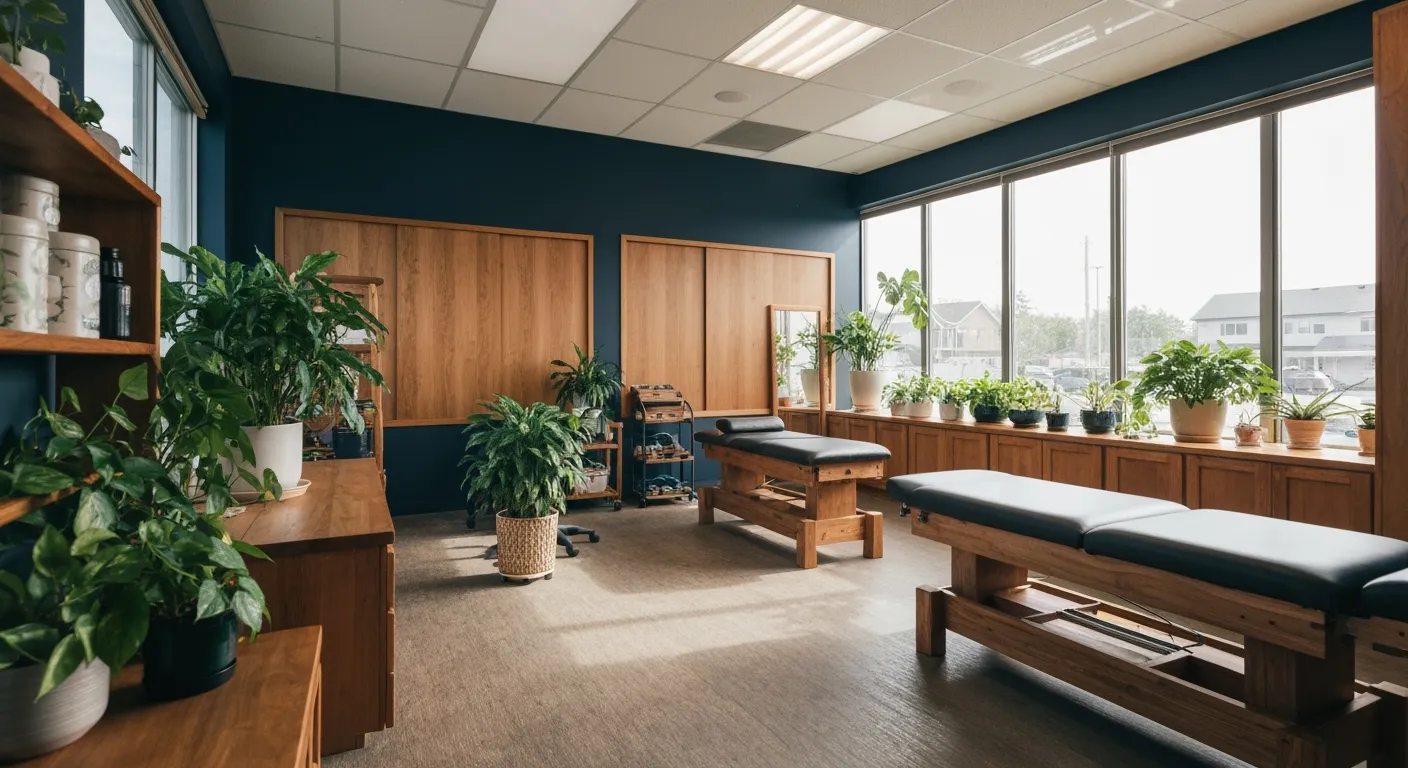
Nutritional Counseling and Its Impact on Overall Wellness and Recovery

Patient Testimonials That Showcase the Power of Chiropractic Care

Preparing for Your First Chiropractic Appointment: What You Need to Know
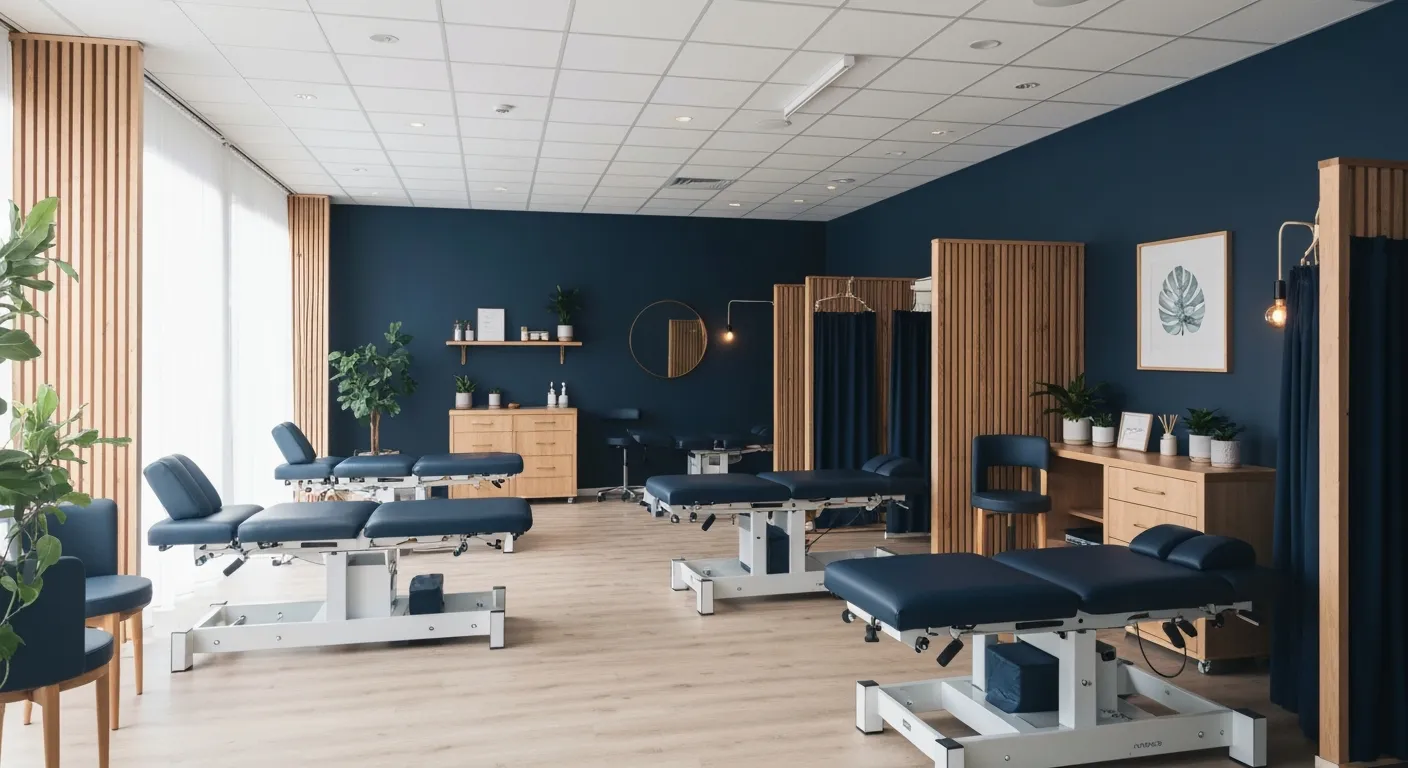
Holistic Treatment Options: Beyond Surgery for Pain Relief

Holistic Pain Relief Methods That Avoid Surgery

Nutritional Strategies for Supporting Spine Health and Recovery

First Chiropractic Visit: What Happens and How to Prepare

Chiropractic Patient Success Stories: Inspiring Journeys to Wellness
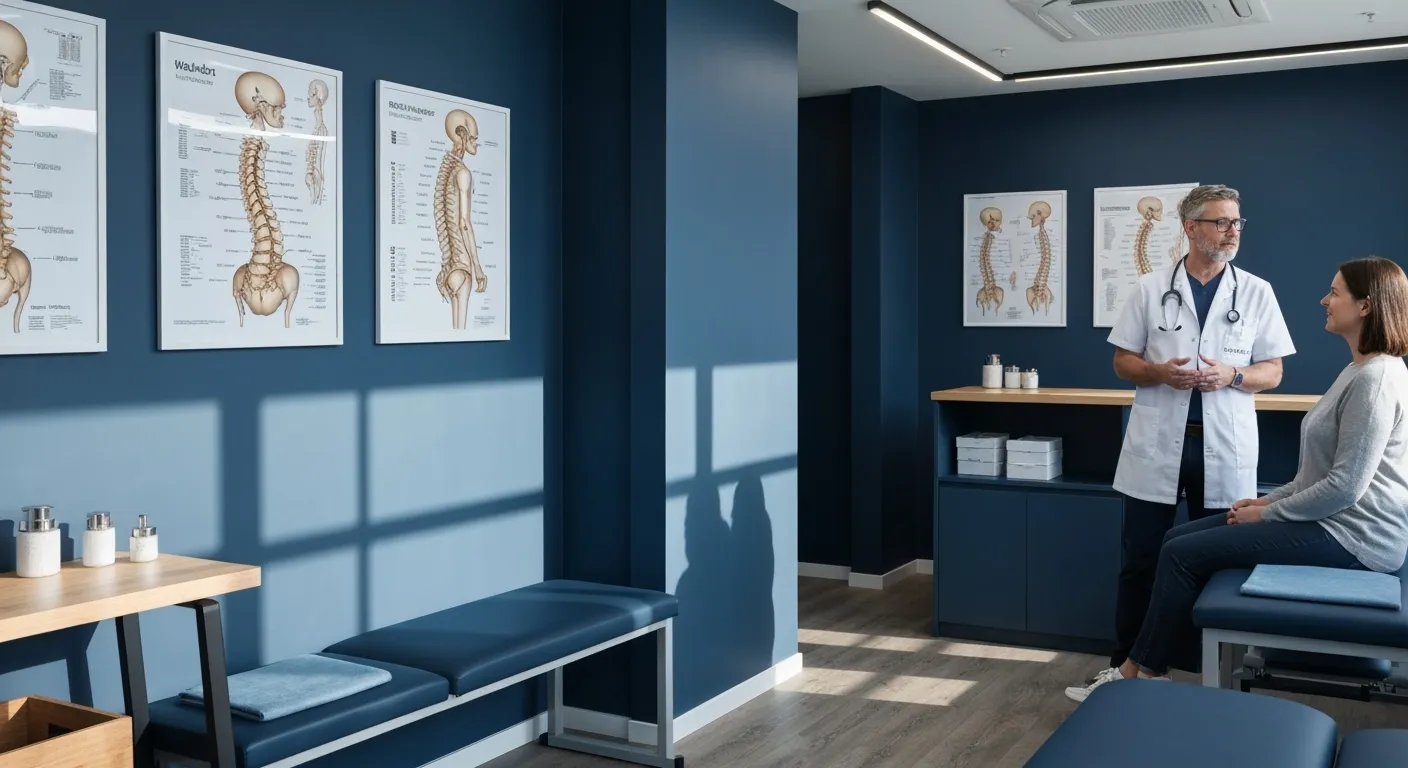
Effectiveness of Spinal Decompression Therapy in Managing Sciatic Nerve Pain

Addressing Pain at Its Source: Why Treating the Root Cause Matters

Corrective Exercise Programs Designed for Long-Term Pain Prevention

Healthy Lifestyle Advice for Maintaining Spinal Alignment
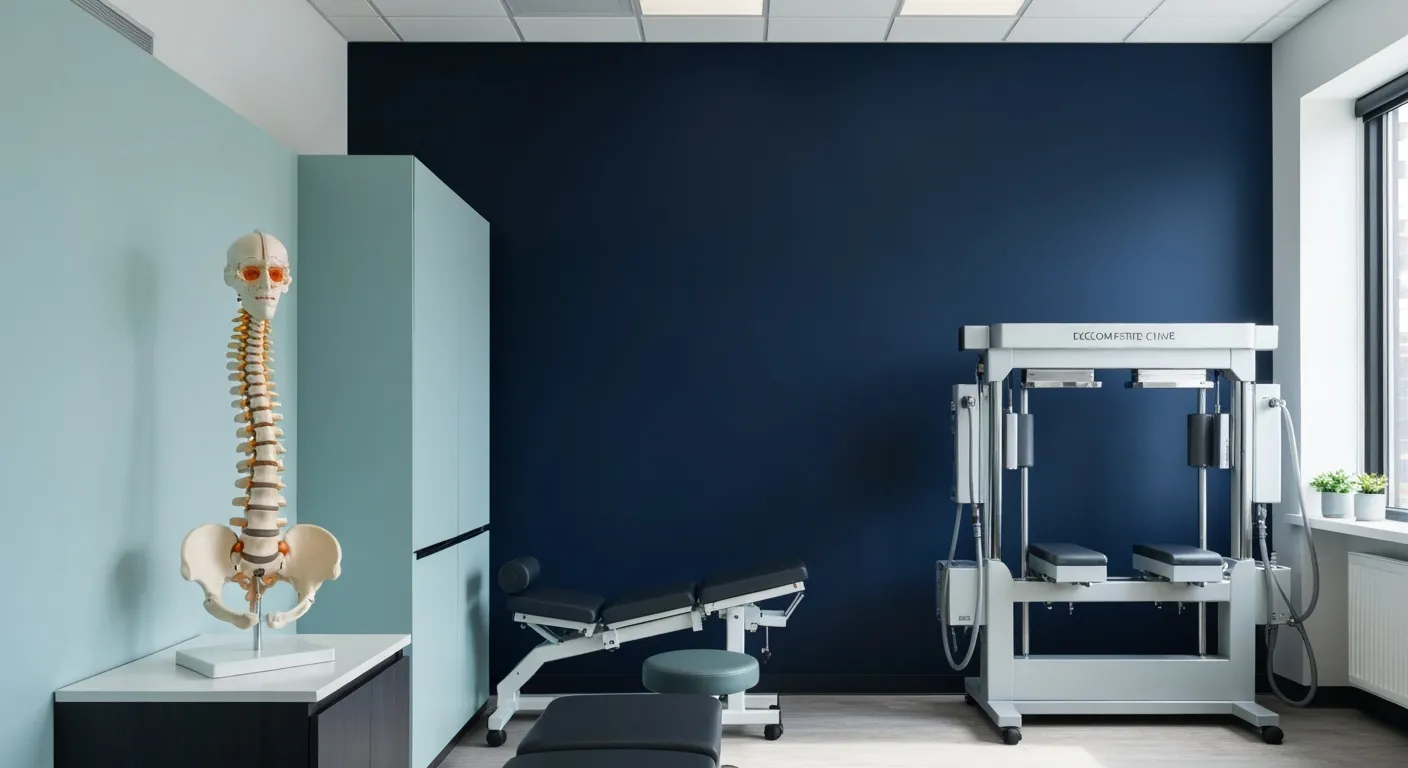
Understanding Spinal Decompression as a Treatment for Sciatica Pain
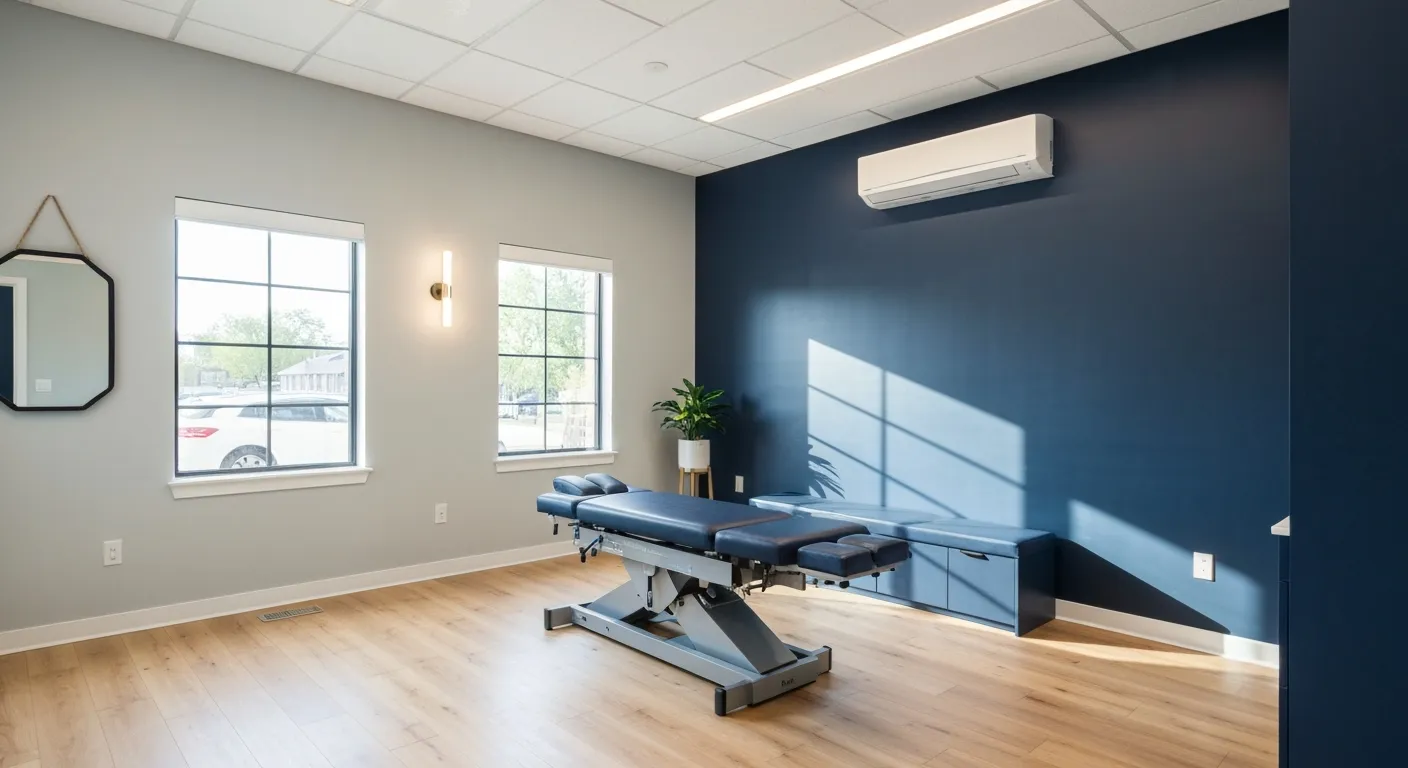
Benefits of Chiropractic Care Specifically for Back Pain Relief

Understanding Gait Analysis in Physiotherapy
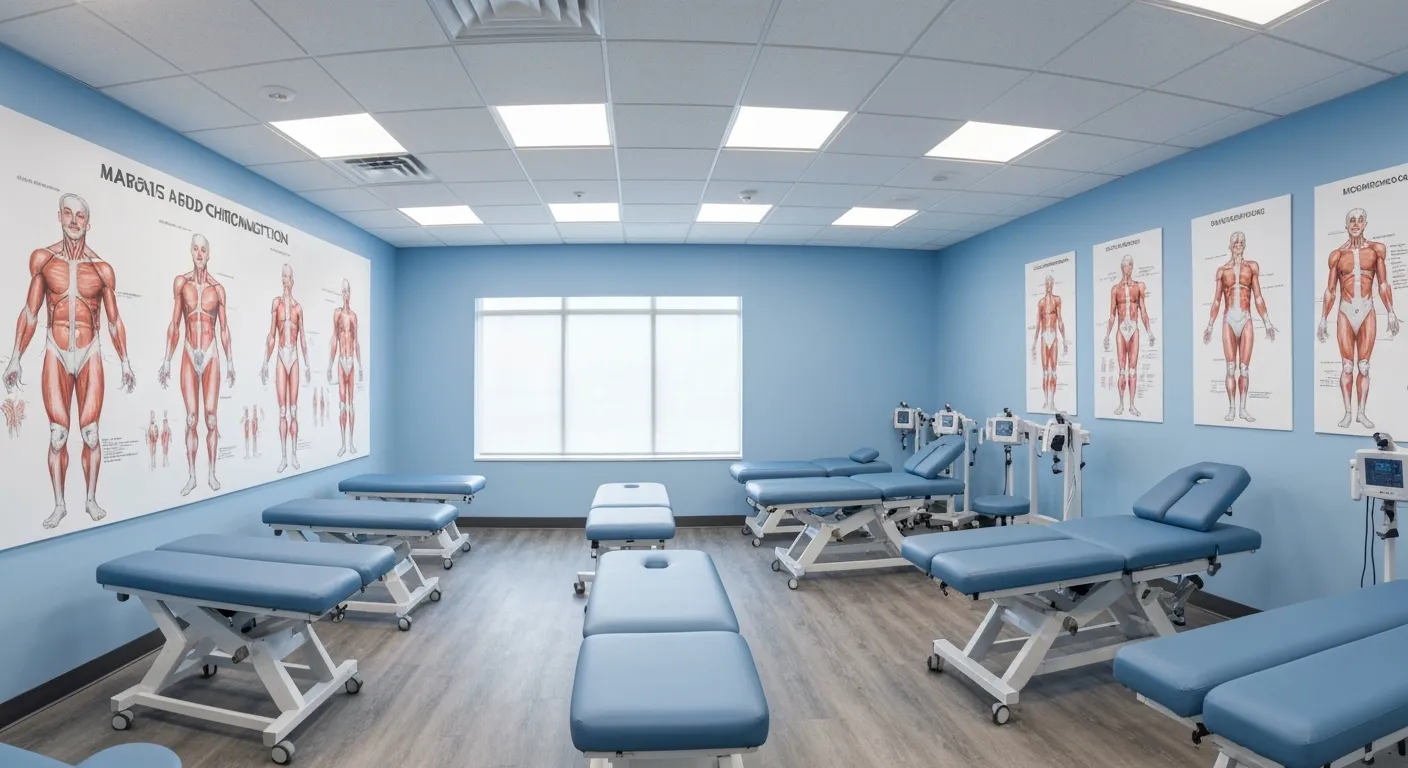
The Difference Between Muscle Soreness and Dysfunction

Workplace Stress Statistics: How Muscle Tension Impacts Productivity

How Physiotherapy Improves Mobility for Seniors

How to Communicate Pain Levels to Your Therapist Effectively
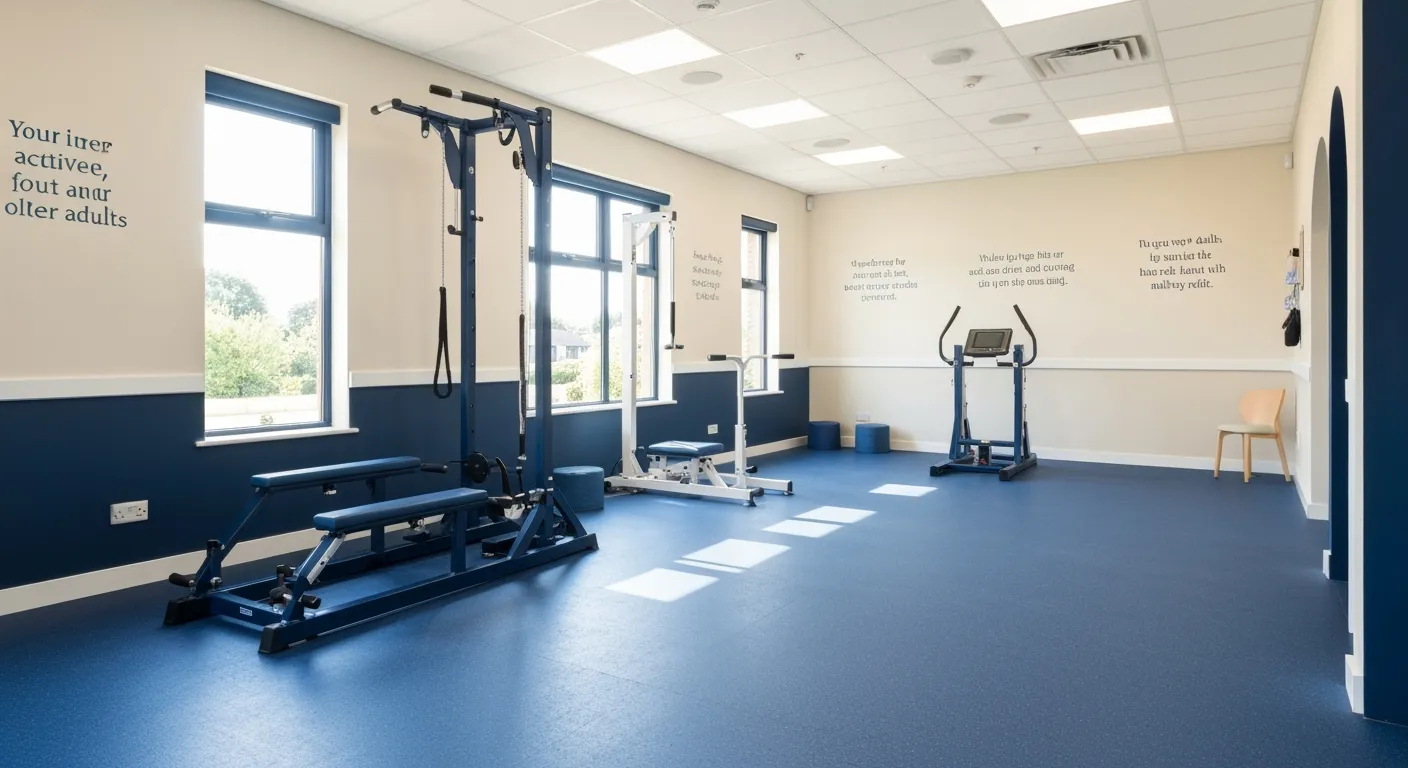
Physiotherapy Interventions for Balance and Fall Prevention

How Physiotherapy Helps Post-Surgical Recovery

